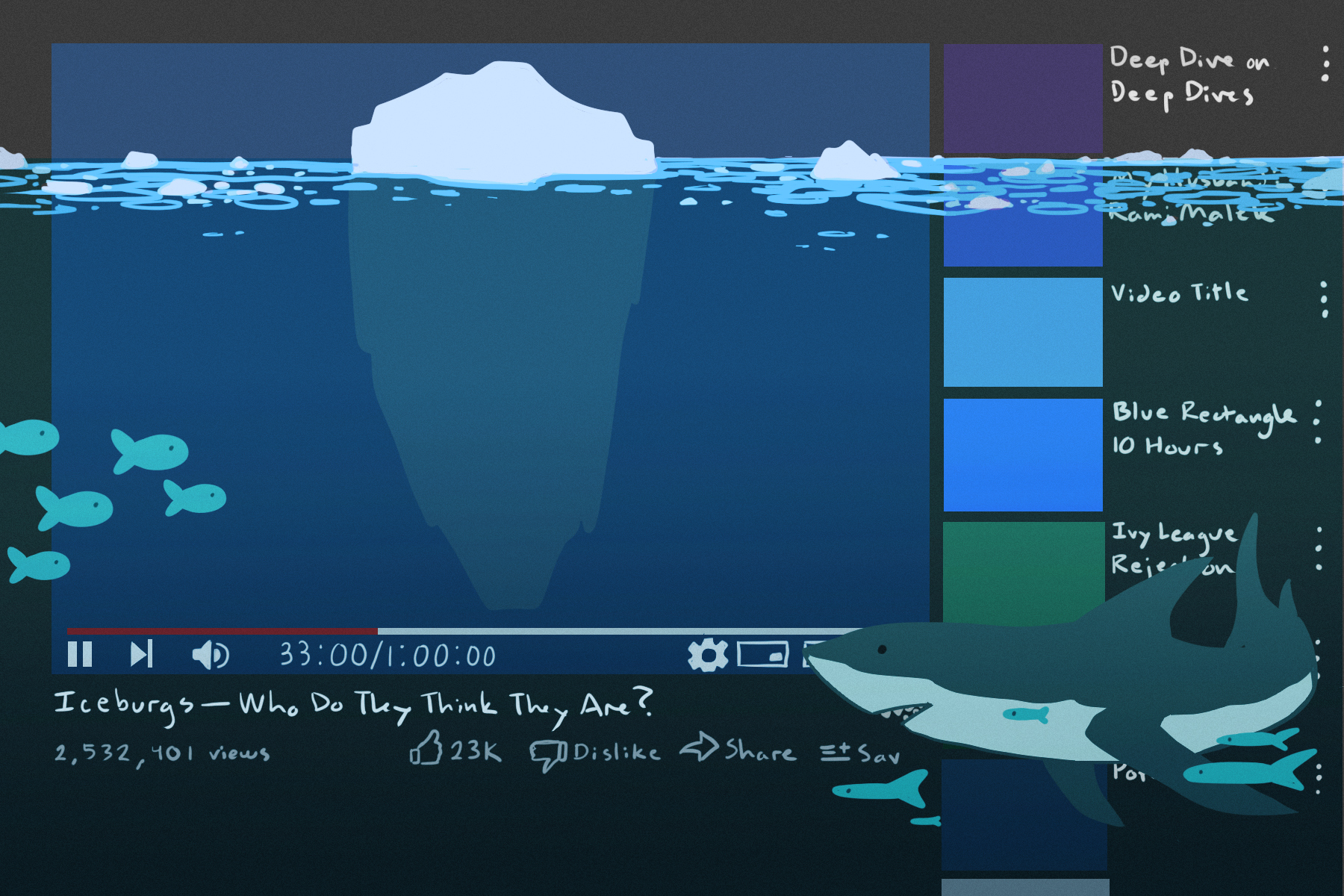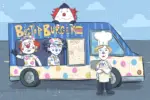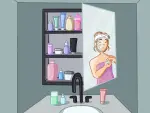On Feb. 14, 2005, former PayPal employees Steve Chen, Chad Hurley and Jawed Karim registered the video sharing website YouTube. The founders started the online site after they attempted to find a clip from the infamous Super Bowl XXXVIII halftime show in which Justin Timberlake accidentally exposed Janet Jackson’s chest on live television; still, none of them could locate it online no matter where they searched. The first YouTube video would be posted on April 23, 2005: Titled “Me at the zoo,” the 19-second recording shows Karim at the San Diego Zoo looking at some elephants in an enclosure before making an innuendo regarding their trunks. In October 2006, the technology company Google purchased the site and helped to grow the social media platform. Short videos up to 15 minutes long were uploaded to YouTube until July 2010 when the website decided to remove the time restriction. From there, videos that used to be a couple of minutes long became a couple of hours to even a couple of days long. While social media users and companies still favor and prioritize short-form content such as TikToks and Instagram reels, that has not stopped long-form YouTube videos from achieving success or accumulating high view counts. With the rise of lengthy recordings like these, one wonders how the platform got to where it is now.
The Shift in YouTube’s Purpose
When YouTube began in the mid-2000s, the idea of a video-sharing platform was new to the internet, and content posted on the site reflected the chaotic atmosphere of the online world at the time. YouTube videos were filmed on low-quality portable cameras or camcorders. Most of the clips on the website consisted of candid recordings of normal people completing monotonous or somewhat quirky tasks, copyrighted material posted without the creator’s permission and short, poorly edited projects made with programs already installed on a person’s computer. Some of these audiovisual creations included original memes, lyric videos, and altered scenes from popular television shows and movies with new captions or audio.
Reflecting the disorganized atmosphere of early YouTube, the site hosted content that evoked home videos as well as clips that contained “random humor.” Occasionally referred to as “lol xd” humor, this style of comedy relies on a subject performing actions or saying phrases that are unrelated to the topic at hand and appear to be random. There is no explanation for the randomness. Oftentimes, it takes the form of repeating a word or phrase nonstop, yelling or screaming without warning and inserting “edgy jokes,” many of which target marginalized communities under the guise of satire or irony. A viral example is Liam Kyle Sullivan’s “Shoes,” a video that repeats the word “shoes” multiple times throughout its 4-minute runtime.
The landscape of YouTube shifted from short-form random humor content to longer, more time-consuming videos around 2015-2016 when the company further solidified its monetization system and added more features for YouTubers to post and control their content. A platform once regarded as a brainless pastime with low-effort videos of inferior quality then transitioned into a site with a good amount of respectable content. The shift in reputation can be attributed to an increased number of researched, well-edited videos and the addition of higher-cost production projects from traditional media companies and figures. Since the initial change, YouTube videos continue to become longer and of higher quality.
The Shift in the Goals of YouTubers
At first, posting content on YouTube was not seen as or even necessarily supposed to be a viable career for anyone. When people posted videos back in 2005, they did so in order to share them with others, try out a new program or just have fun. No one intended to make a living off of their recordings. However, with YouTube’s eventual monetization of posted content and the sustained popularity of Jenna Marbles, Ryan Higa and the comedy group Smosh, more and more people who started channels did so with the intention of earning a sustainable income. The involvement of money and the evolution of YouTube encouraged YouTubers to invest more in their content.
Additionally, a considerable number of millennials and Gen Z desire to be a part of the entertainment industry in some sort of way. Many of these lengthier videos are creators’ passion projects or videos that can be shown to employers during job interviews. Plus, a majority of newer YouTubers used to watch YouTube videos for hours every day and became inspired to start their own; the platform’s large user base consumes content for hours on end, and those used to lengthier videos are now more likely to watch ones that are longer than a couple hours. The rise in viewership and engagement for these projects has, in turn, resulted in the posting of longer videos.
Deep Dive Content on Youtube
There are a multitude of different genres of long-form content on YouTube. Video essays, reviews, unfiltered rants and livestreams fall under this umbrella. One kind of lengthy video that has gained popularity is the deep dive. YouTubers who come up with deep dives focus on one topic and investigate any and all aspects surrounding the subject matter. The goal is for viewers, by the end of the video, to have as much information on a topic as possible. Some subject matters that could be covered in a deep dive include certain public figures, historical events and certain subcultures or trends.
The most viewed kind of deep dives center on pop culture. Generally, the subject of discussion either wasn’t released or didn’t enter the public discourse until 10 years prior to the release of the deep dive in question. Of course, that does not mean that more recent topics are ignored, but these videos prioritize older pieces of media. One YouTuber known for content like this is Jenny Nicholson. Nicholson centers her videos on pop culture artifacts, as seen in her two and half hour post titled “THE Vampire Diaries Video,” a project that covers everything connected to The CW TV show “The Vampire Diaries.” Another example of a deep dive is Mike’s Mic three-part video series on the TV show “Pretty Little Liars.” The series is over six hours long. Those projects are not even the longest in the genre. Quinton Reviews released a two-part, nearly 14-hour-long series centered on “Victorious.” Although the aforementioned videos last longer than multiple movies played back-to-back, this content has garnered millions of views and hundreds of thousands of comments. These YouTubers have reached not only their fan base but other users. No matter how long these deep dives are, people become hooked.
What This Trend Shows
Deep dives are supposed to entertain and captivate a viewer for an extended period of time. This task is not an easy one, especially when considering that those watching can click off at any point and move on to a different YouTube video. For the ones centered on pop culture, the nostalgia connected to the topics attracts people. All of the television shows analyzed by the discussed YouTubers are ones with an adolescent fan base. These programs were viewed during the tween and teenage years of a significant portion of millennials and the older half of Gen Z. Consuming hours-long content taps into feelings of sentimentality and affection.
An additional aspect to consider is the current state of the world. There are a multitude of issues arising and human rights violations occurring at the moment. Deep dive content allows for people to turn off their brains and block out the stress around them. Watching a video about a Nickelodeon children’s show from the 2010s takes less energy to process than seeing a news report of a bombed city.
But, on the opposite side, these deep dives encourage viewers to reflect on the media that influenced them. Nicholson addresses the vampire craze of the 2000s and how it affected “The Vampire Diaries” while also pointing out the racist double standards placed on the Black character Bonnie Bennet. For Mike’s Mic’s three videos, the content creator reflects on his experience watching “Pretty Little Liars” 10 years prior as well as condemns the unethical promotion of relationships between underage girls and adult men. Quinton Reviews acknowledges the impact of “Victorious” on teen sitcoms at the time but criticizes the sexualization of the teenage actors and blatantly racist and transphobic lines or plots. Deep dives shed new light on certain pieces of pop culture through its big-picture objective. This type of content not only displays a change in YouTube but also a sense of self-awareness in users and creators. These videos, while lengthy, offer more than just mindless entertainment.
















